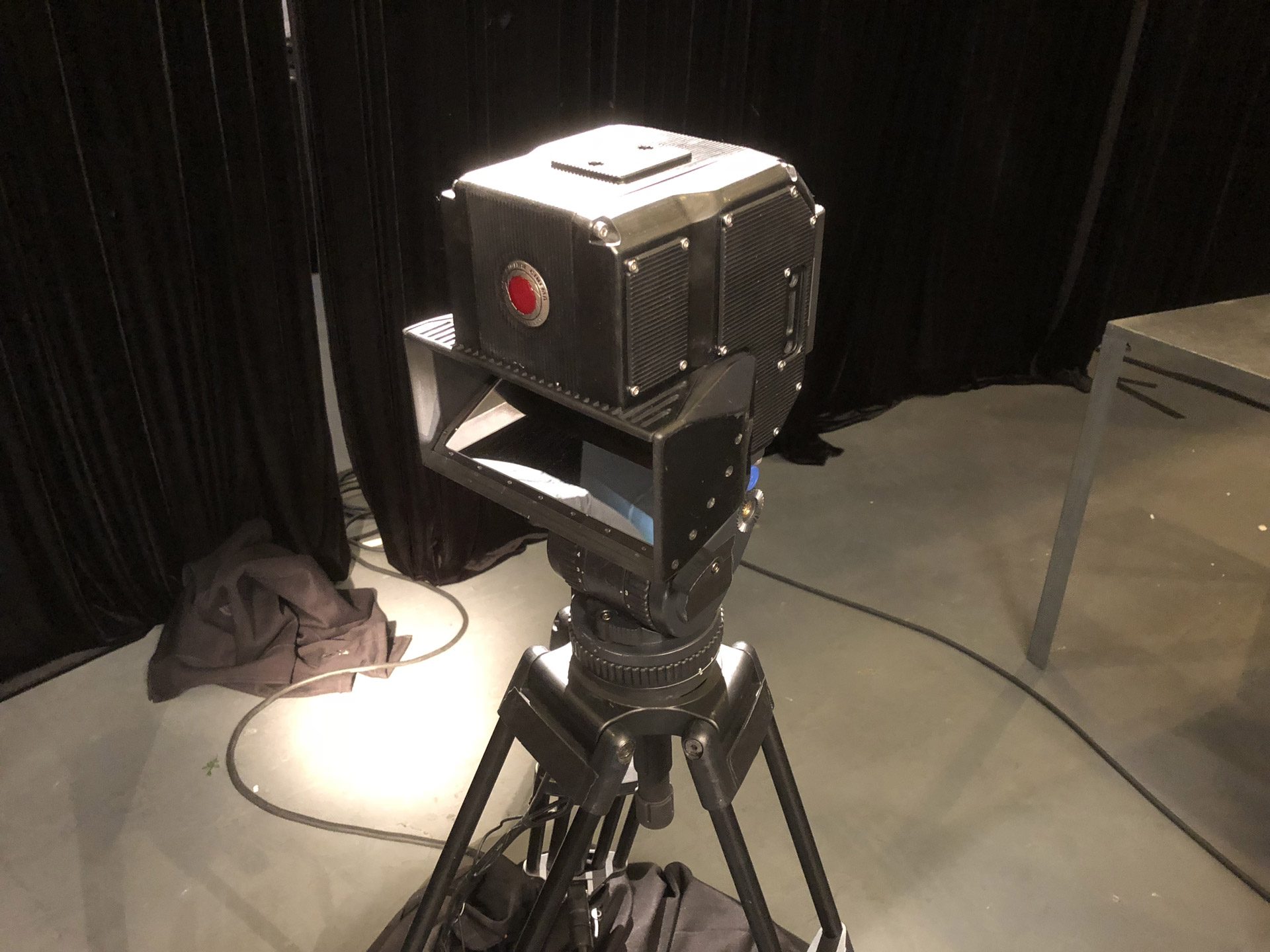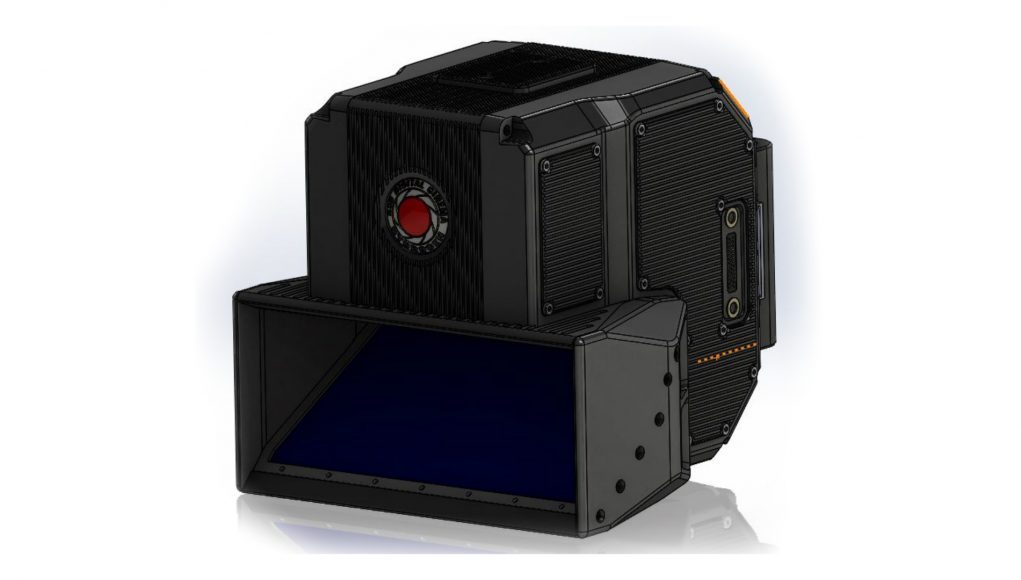Lucid, maker of the stereoscopic point-and-shoot LucidCam camera, is partnering with RED, the professional-use camera company, to produce a 180-degree stereoscopic camera for 8K video and image capture.
The camera is said to give users the ability to capture 8K video and picture, and convert to RED’s four view (4V) “holographic” file format in real-time while allowing them to “shoot like professionals with dynamically adjustable lens distances for the best 3D focus and zoom.”
The company says that the system can also integrate RED’s new holographic phone, RED Hydrogen One, which will allow users to view 3D/4V content both live and in post similar to a viewfinder, and also view the resultant file without the need of a VR/AR headset. Video and images captured with the camera can also be viewed on monitors, and both VR and AR headsets.

The camera has a typically RED industrial design, but contains two hardware-synced 4K cameras which make use of a beam splitter to capture and convert the output to 8K 4V (.h4v) files. “Once the content is created, all the high resolution 3D/4V videos and images can be distributed on YouTube and Facebook as well as through RED’s curated content universe,” the companies say in a press release.
“Having RED as a partner allows us to combine the best of both worlds – the highest resolution and quality hardware from RED with the most advanced software, our 3D Fusion Technology,” said Han Jin, CEO and co-founder, Lucid.
The new camera, Lucid and RED say, “meets the need of a large, combined audience,” which likely means pro and prosumers looking to distribute 180-degree 3D video across the multitude of supported devices.
“This partnership allows us for the first time to deliver the highest-quality 3D capture to our customers, and now they can view the content immediately in 3D/4V without headsets,” said Jin. “At a time when two of the biggest challenges in the industry have been resolution and easy viewing of 3D content, we believe this is the solution everyone has been waiting for.”
Lucid and RED say the new camera, which is still unnamed, will be available at some point in Q4. At the time of this writing, no pricing information is available, although it will be sold through RED and its reseller channels.







